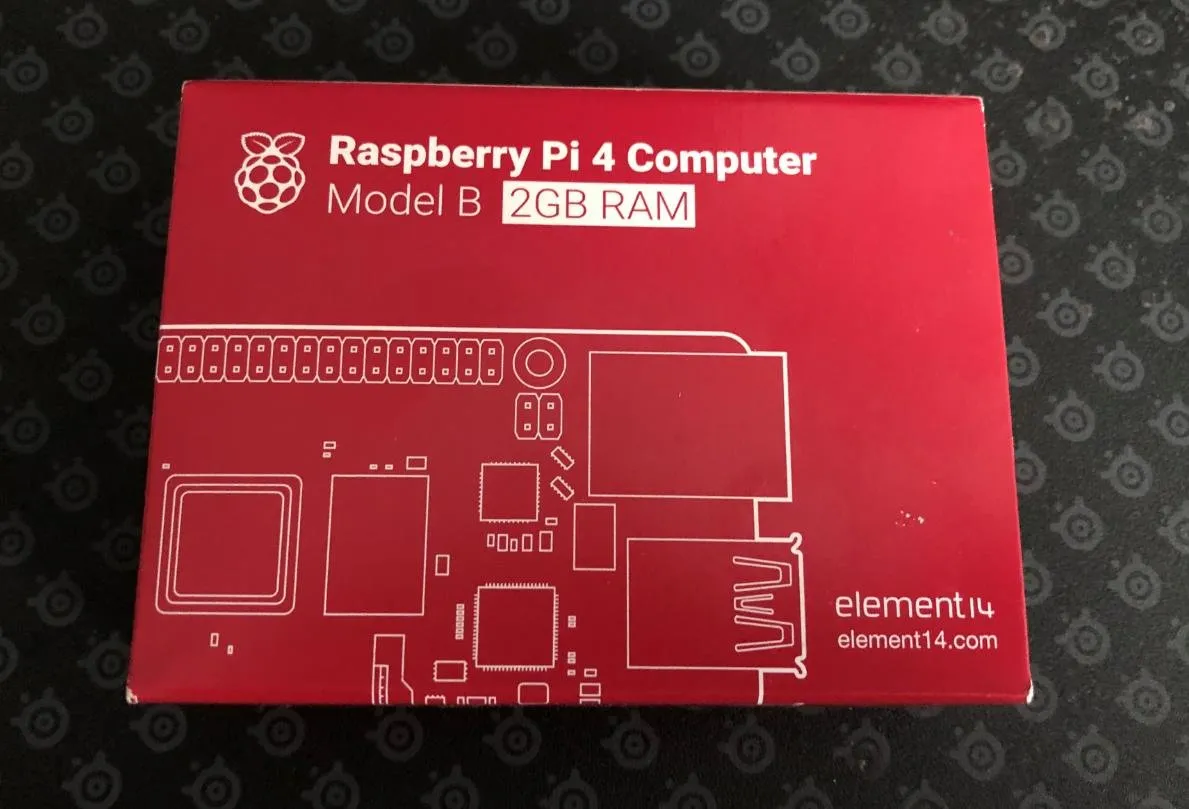
Finally got a hold of a Raspberry Pi 4. I have a few more coming in but I was lucky enough to get one w/ the case I want to test as well as a Power Over Ethernet (PoE) Hat. I paid a premium to order via Amazon and not have shipped from the UK or Canada.
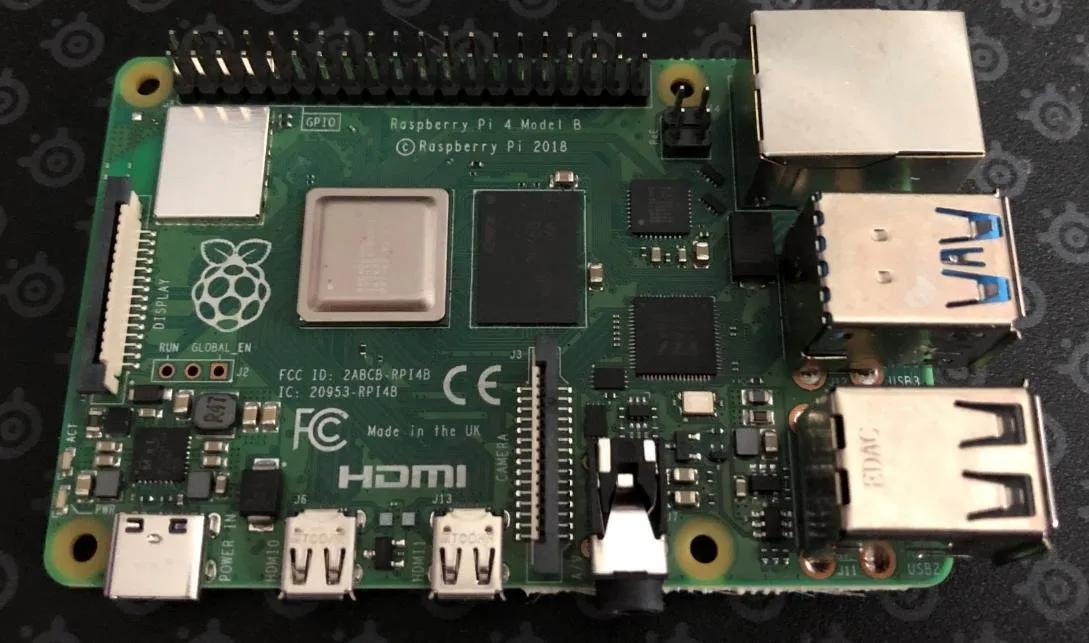
The Pi 4 looks like any other Pi. In fact, I love how they have managed to keep the same form factor with all the updates.
The Pi 4 is a big leap forward bringing some much-needed changes like the improved SD bus, Quad 1.5Ghz CPU, 1GBit Ethernet (not really, but close), 4K Display at 60 FPS, and USB 3.0 ports. It even supports dual monitors if you wanted to do that.
While this all sounds amazing for $35, there are a lot of caveats.
The Raspberry Pi 4 can only feed 4K 60 FPS to one display, so if you want to use dual displays you are limited to 4K 30 FPS. You actually have to modify the boot config if you want to use 4K 60 FPS.
The Quad 1.5GHz CPU is ARM and does not understand the Intel instruction set. ARM CPUs are also tuned to be low power usage so performance is not on par with Intel at equal clock rates. The CPU also can throttle under sustain load without proper cooling although recent Pi 4 firmware helped this quite a bit.
Although the Pi 3+ introduced Gigabyte Ethernet, it was limited to USB 2.0 speeds which resulted in a cap at around 250-300Mbit. The Raspberry Pi 4 greatly improved the SD bus and throughput of the Gigabyte Ethernet and can reach 900Mbit. This is very close to the theoretical maximum of Gigabit Ethernet.
The SD Bus is notoriously slow and is made slower by the fact most SD cards perform really poorly on the Pi. I recommend using the Samsung EVO+ cards exclusively on the Raspberry Pi as they performed significantly better than other cards and performance is already atrocious.
That being said, you can see the Pi 4 outclasses all previous generations in virtually every area.
Charts below are from here
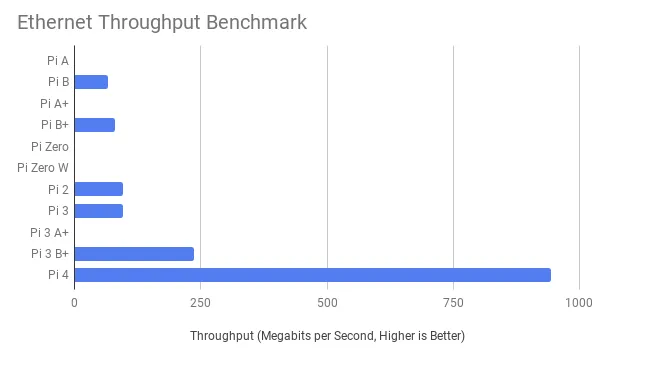
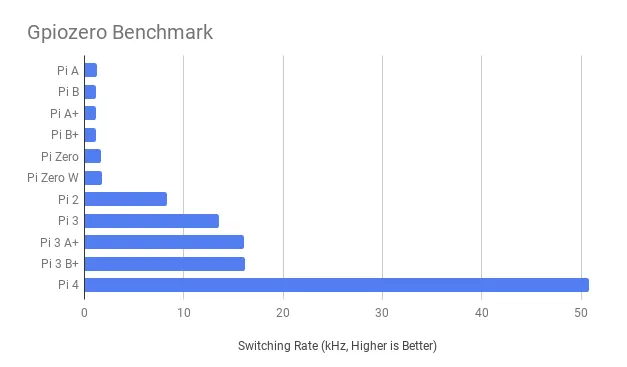
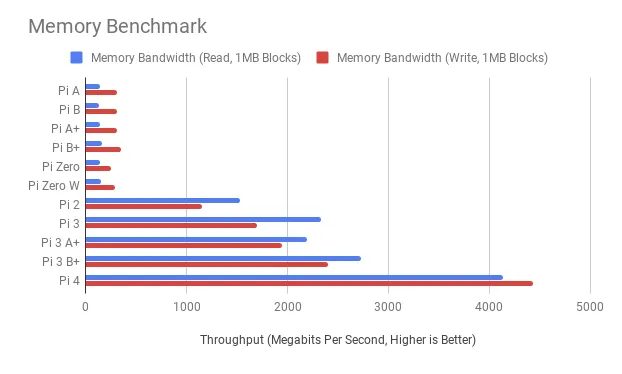
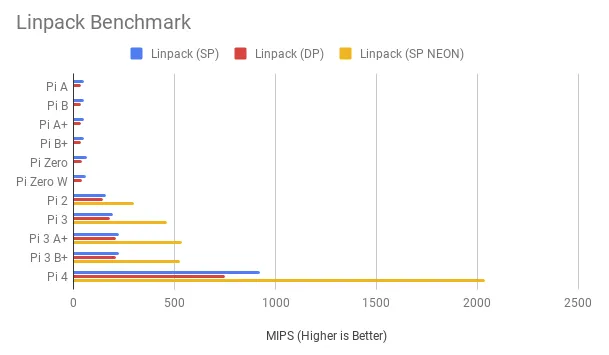
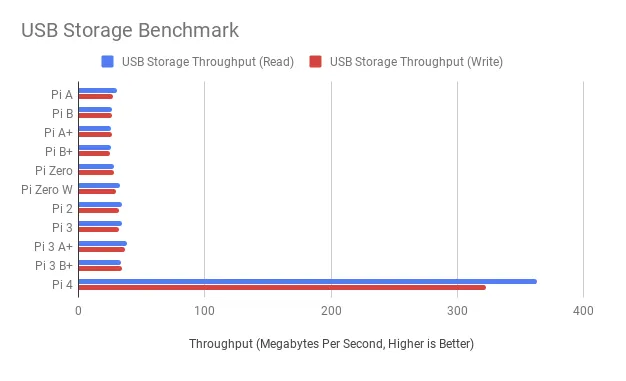
The improvement from even the Pi 3+ is amazing.
Case
I wanted a case that had support for a fan and I found a good GeeekPi bundle that included the case, heatsinks, fan, and power supply.
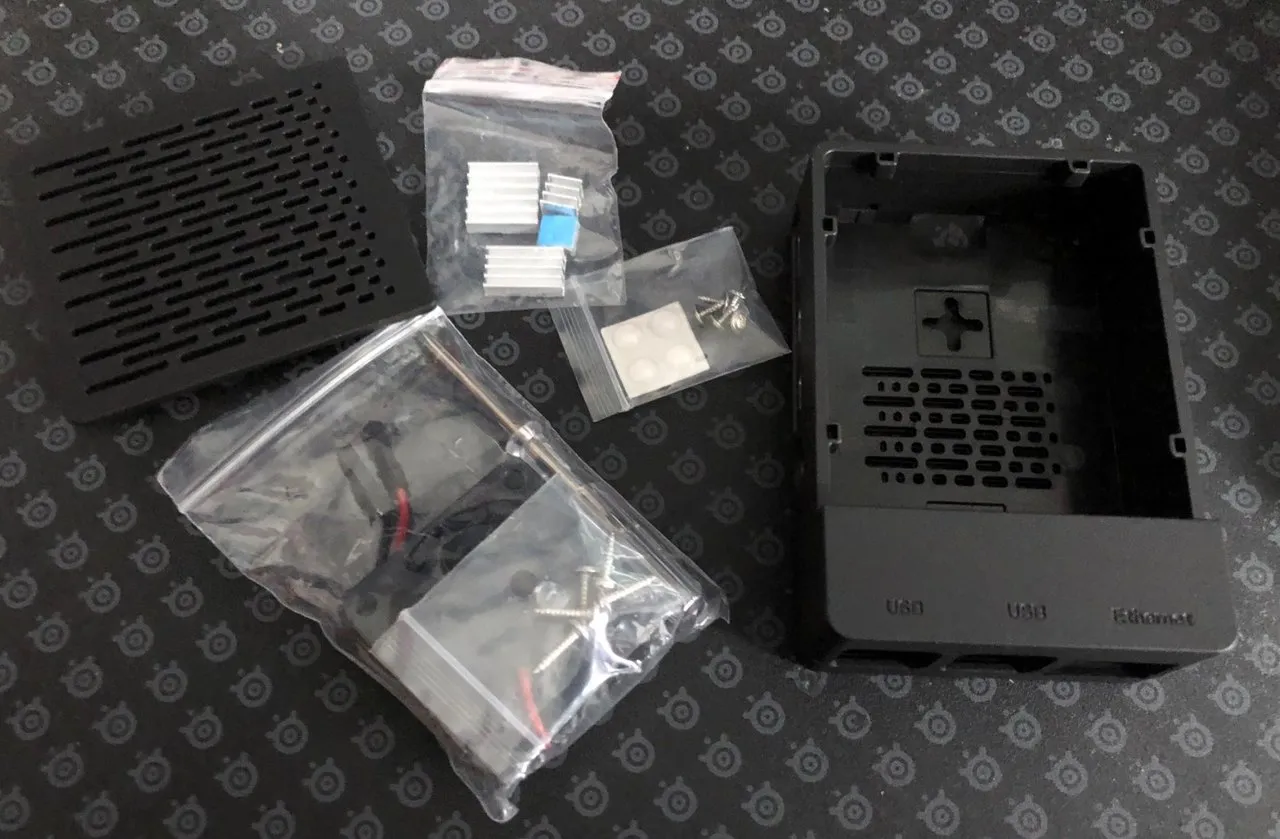
One thing I wasn't expecting but I was very happy to see is the power supply includes a switch.
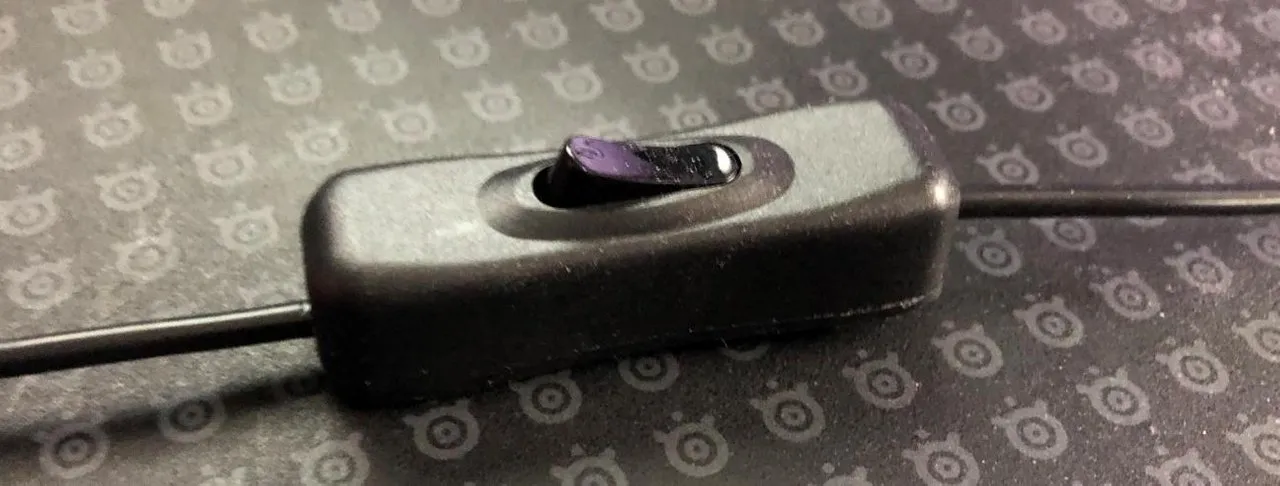
The entire bundle was $15.99. I normally wouldn't recommend buying a power supply from a third party but GeeekPi is very reputable and is not shoddy.
SD Card
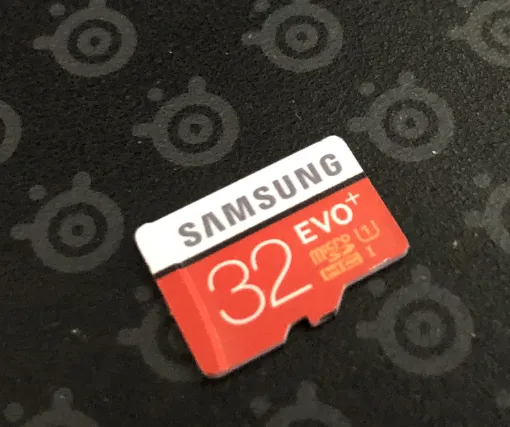
As I said earlier, I don't recommend anything but the Samsung EVO+ series, a 32GB is only $8-9 on Amazon. They are considerably faster than anything else including the Sandisk Extremes. Random I/O performance can be 20x faster or more than other SD cards. The difference is really huge.
HDMI
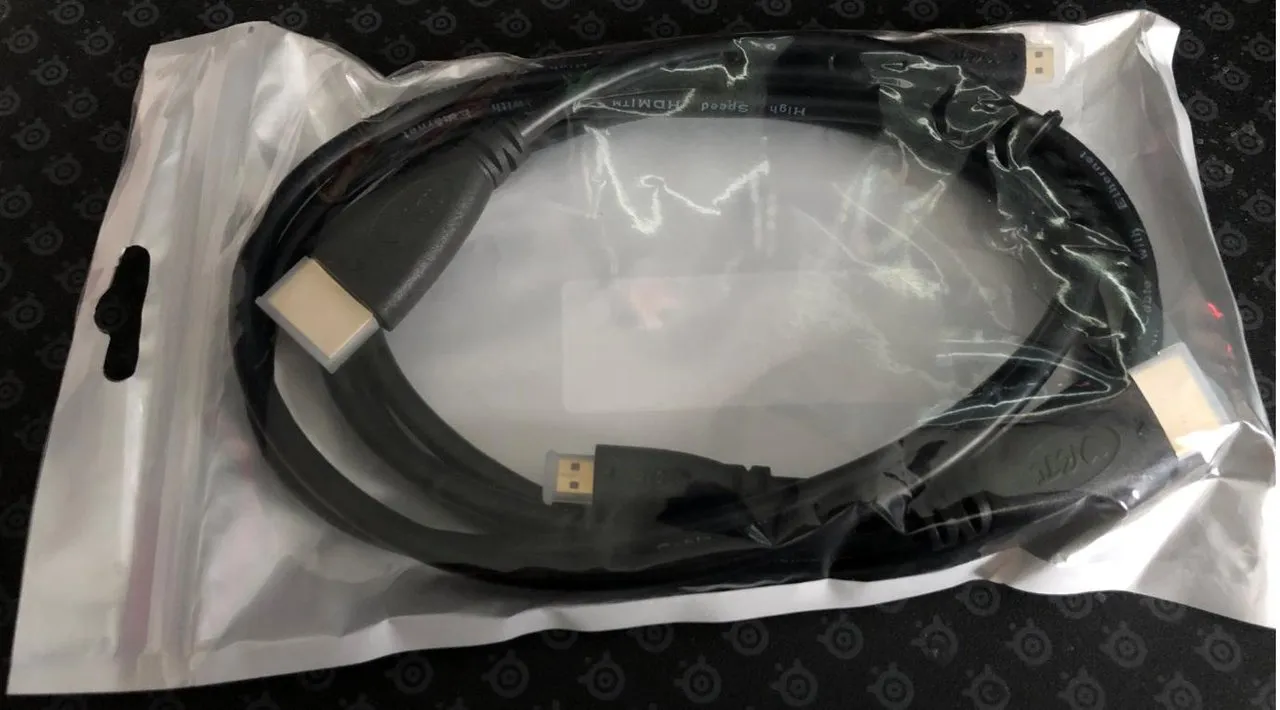
I have plenty of HDMI cables, but with the Raspberry Pi 4 they went with Micro HDMI and I don't have those cables. Instead of buying cables, I got adapters so I can use my existing cables from the media center and just use the adapter into the HDMI cables already run behind my TV and amplifier. They typically run about $4-5 each.
Game Controllers
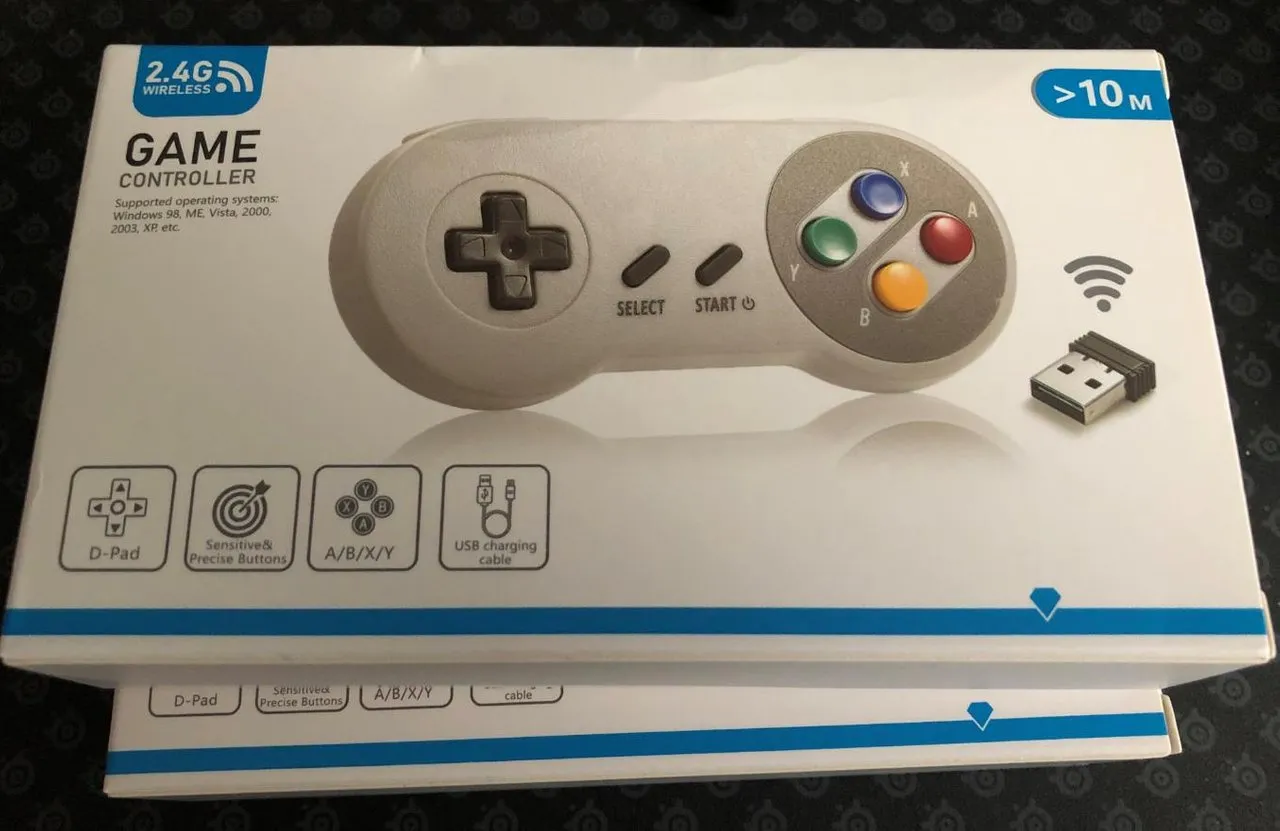
I am building a couple of RetroPie's for a few friends of mine and I needed some controllers. I ordered two for each and they run around $30 and will run wireless with RetroPie without hassles. These controllers work really well and have good battery life. Most importantly they work without any futzing around.
Power over Ethernet

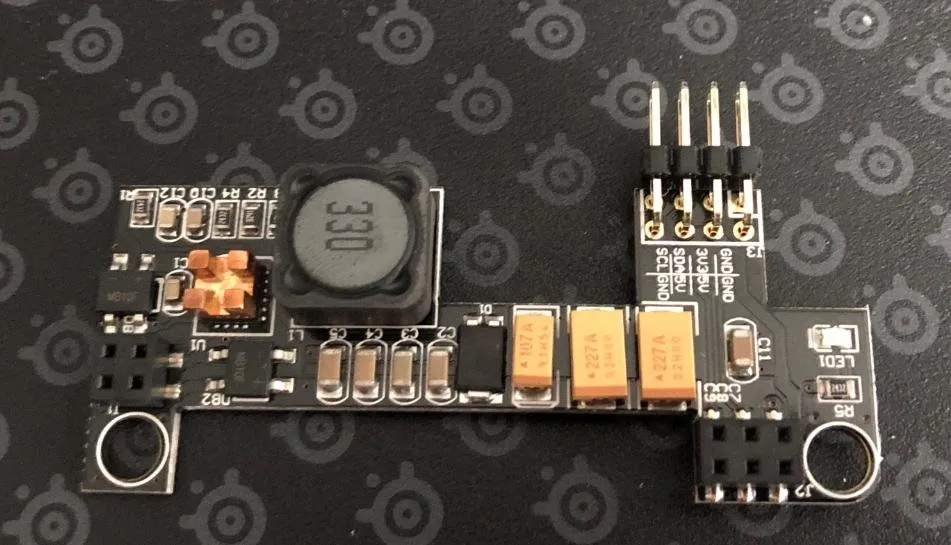
This is something I haven't really played with the Raspberry Pi and I wish it was just included natively. Being able to plug into Ethernet without having to also run a power supply is awesome. It also has the added benefit of being protected by the UPS that is on my main switch. Unfortunately, most switches are not PoE and you have to spend extra money on that. You are also limited to 2.5A with PoE so that may affect you if you have a lot of devices on the Pi.
I went with an aftermarket PoE Hat that is low profile and may still be able to fit in the case with the heat sinks and fan. I am going to do some testing and will post my results.
